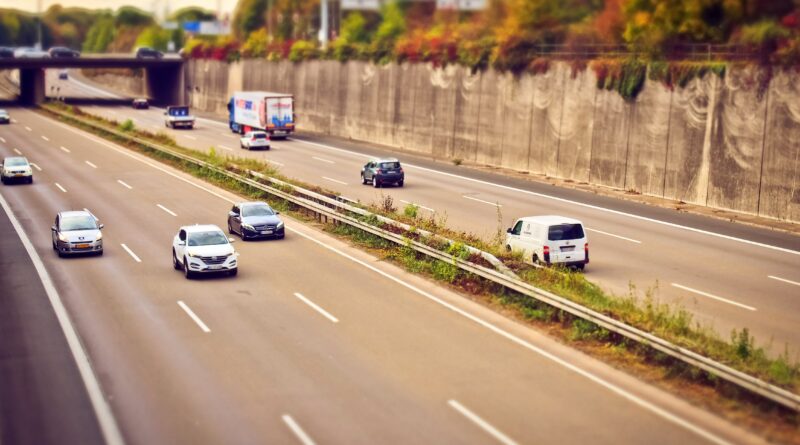I-95 Collapse in Philadelphia: Is the Replacement Road Holding Up?
1,001 total views, 1 views today
Several weeks ago, a fiery car crash caused a large section of I-95, one of the busiest highways in the country, to collapse. Thanks to impressive construction and repair efforts, the road was repaired and a temporary replacement set up in the impressive time of just twelve days. How was the replacement road built, and is it holding up well so far? Read on below to find out.
When and how did I-95 collapse?
On June 11, a portion of the I-95 highway in Philadelphia collapsed after a disaster in which a tanker truck carrying gasoline caught fire and exploded. The fire caused the concrete to buckle and fall, creating a large gap in the road. The truck driver, Nathaniel Moody, was killed in the accident.
The collapse caused major traffic disruptions and closures in both directions of I-95, one of the busiest highways along the East Coast. The U.S. National Transportation Safety Board (NTSB) is investigating the cause of the fire and the collapse. The U.S. Transportation Secretary Pete Buttigieg and Pennsylvania Governor Josh Shapiro declared a state of emergency and allocated federal funds to help rebuild the bridge.
How was the road repaired so quickly?
The I-95 bridge was repaired by filling the gap with specially engineered fill and then paving over it, while a permanent bridge is constructed around it. The fill is being transported in from a company called Aero Aggregates, which is located about 25 miles south of the collapse.
The workers have filled the gap by piling many tons of recycled glass material into the underpass area, bringing it up to surface level and then paving it over so that three lanes of traffic can reopen each way. The quick repair was made possible by using NASCAR equipment, recycled glass, and police escorts to expedite the process. More work will still need to be done to rebuild the permanent road.
How is the replacement road holding up?
The replacement road seems to be holding up well so far, and engineers say the recycled glass material used to fill it in will make a strong foundation for the completed road to be rebuilt. The material, called “foam glass”, has been used across the country and in Europe for years to great success. This great material is not only incredibly strong, but recycled to help decrease landfill dumping as well.
Other recent bridge and road collapses
The other most notable road collapse in recent years was when the I-35W Mississippi River bridge collapsed in 2007, tragically killing 13 people and injuring 145 others. This collapse was caused by improper building practices, with support plates for the bridge being reportedly half as thick as they should have been.
In 2018, a Florida International University pedestrian bridge collapsed, killing six people and injuring 10 others. The bridge was built to span an eight-lane highway, and due to cracking in the main structure of the bridge a 145-foot section of the bridge collapsed directly onto the highway.

